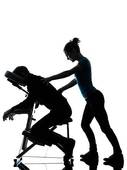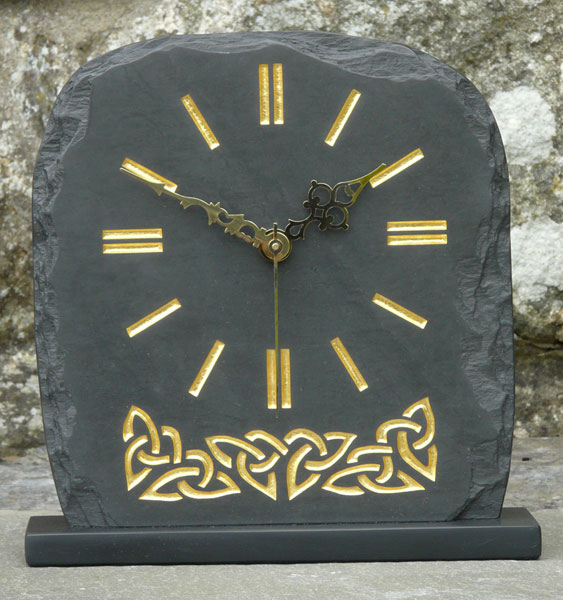If This Bicep Could Sing….
When a massage therapist has been working for a while, it can seem as if some body parts are talking during the session. Well, not verbally, of course, but spinning a yarn, letting it hang, somehow bringing their troubles up on the table. Hey, we touch folks know verbiage and the written word are not … Continue reading If This Bicep Could Sing….



